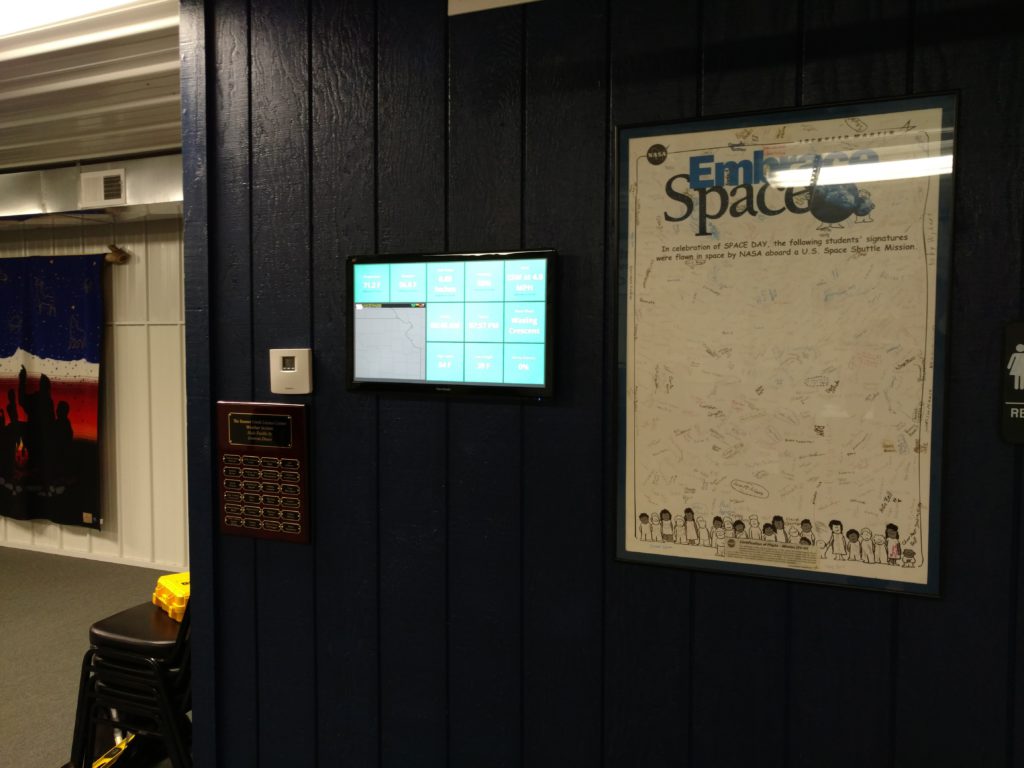As I was writing up last night’s post, a few things slipped my mind. Namely, the number of sensors I have on my VP2. When I bought it, I wanted the best of the best. And so, I sprung for the VP2 “Plus” which included Solar Radiation (SRad), UV, as well as a Fan Aspirated Radiation Shield (FARS). Something I also did not mention was I have a standard VP2 at my house, which will make prototyping significantly easier. However I am missing those sensors at home. Also, a few years back, I added Soil Temp and Moisture at 4 depths as well as a “Leaf wetness sensor. So that’s 8 total sensors just for soil! These sensors use their own transmitter, and funny enough, i’ve never had issues with it. So with that, here is the list of sensors I will need to accommodate for in my design:
- SHT31 Temperature/Humidity
- Wind Direction/Speed
- Tipping bucket rain gauge
- Solar Radiation
- UV
- 4x Soil Moisture
- 4x Soil Temp
- Leaf Wetness
- Pressure (not provided in Davis unit. Will need external sensor. Probably BMP something or other)
Let’s take a look specifically at the Soil Moisture and Temp sensors.
Per the guide located here the temp sensor is a standard resistance based temp sensor. From my initial reading, it sounds like that’s a bit more of a challenge to get working with a Pi directly. So that’ll be fun to learn!

Now the soil moisture is very similar, in that it uses resistance to determine soil moisture. It appears to be a “Watermark sensor from Irrometer” again this is a two wire setup, so it may not work directly with the Pi and i’ll need to figure that out.

4 of these bad bois are buried under my station.
Finally the leaf wetness sensor. There’s also not a ton of documentation around this and using it with a Pi. So i’ll need to do some additional research and understand how they work.

So that’s the soil/temp/leaf. Seems like it’s gonna be a tad more complicated than the standard sensors. Also seems like i’ll need to pick up a couple just to play with and prototype with.
Here comes the sun
Now for the other two sensors. UV and Solar Radiation. As I suspected, the UV sensor apparently uses a photodiode that only responds to radiation in the region of interest. Based on the spec sheet it appears to simply send voltage back. From 150 per UV Index, up to 2.5 VDC. So that shouldn’t be too hard to measure.

So now solar radiation. It also is used to calculate evapotranspiration (one of my favorite words in meteorology) and again based on the spec sheet it acts in the same way as the UV sensor, sending voltage with 1.67mV per W/m2 (Watts per meter squared).
So really it seems like the UV/Solar sensors are gonna be pretty straightforward. They already do the easy stuff in the sensor itself, I just gotta measure the voltage coming back from the sensor.
So it seems i’ll need to start exploring Analog to Digital conversions to use all this stuff with the raspberry Pi. Truthfully my experience thus far with the RPi has never really utilized the GPIO connectors. Although I did build a light sensor that controls a monitor using a photoresistor and a capacitor. So I have some vague understanding, but this is on a whole other level.

So looks like i have a few more things to think about with prototyping! Gonna order some Analog to Digital converters (Should only need one but but I better get more in case i mess one up which i probably will) and start understanding how analog to SPI works. I was worried about having enough pins on the GPIO, but at this point given the ADC will take a bunch of analog inputs and put them on a single SPI, I should be OK.

